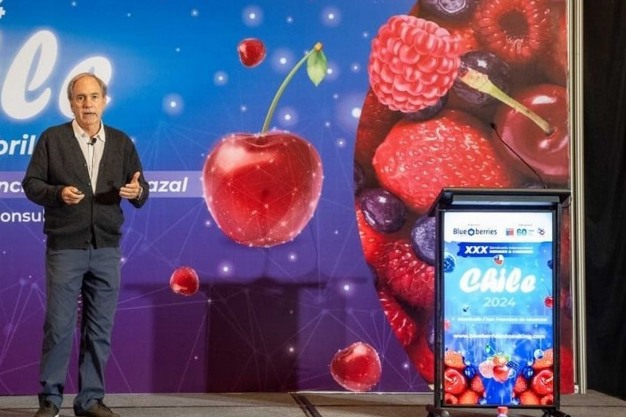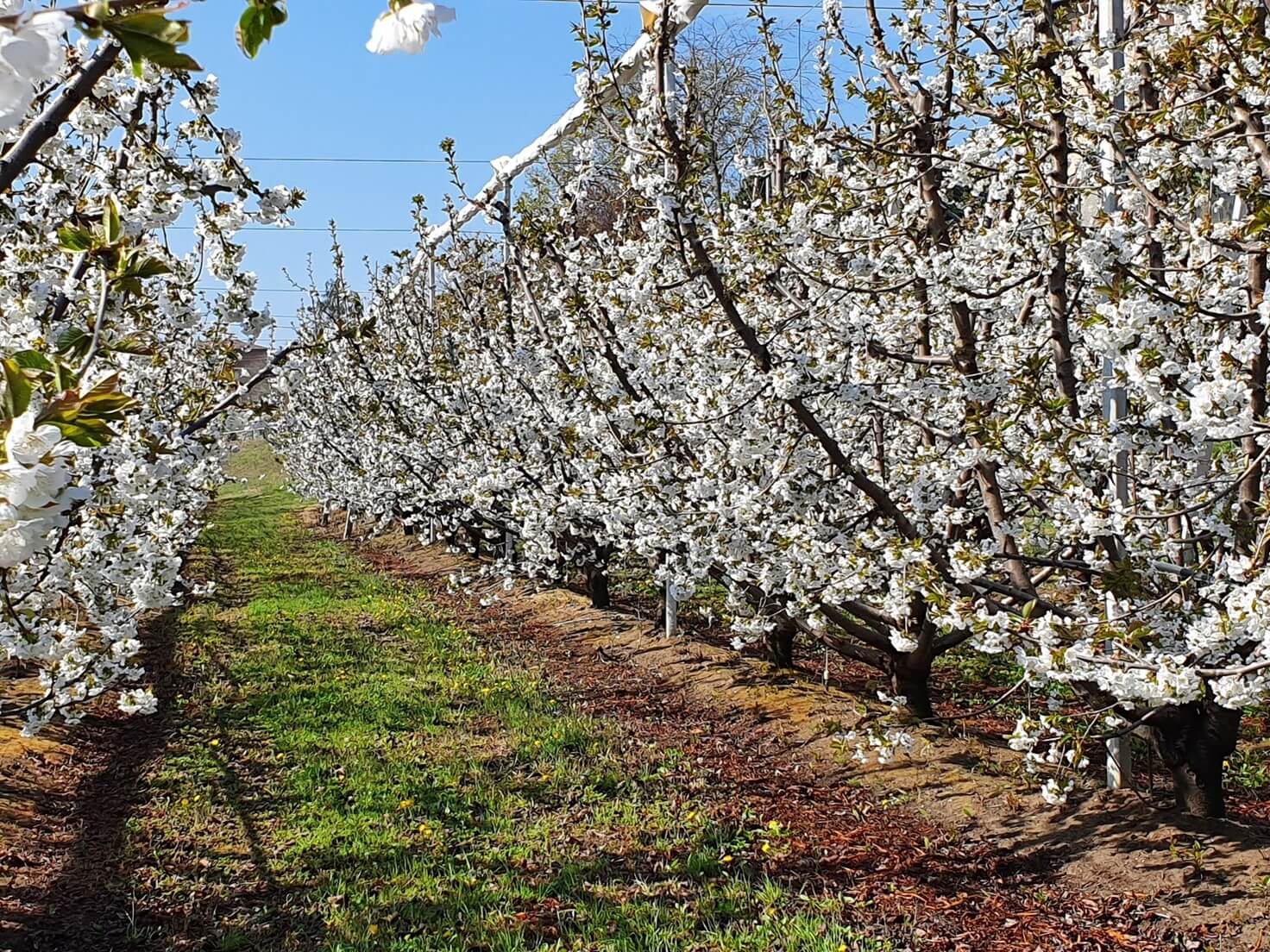After harvest, the quality of cherries tends to decline rapidly due to the evolution of ripening and senescence processes. Although fruit storage at low temperature is the most common method to preserve fruit quality, the shelf-life of cherries, which varies depending on the cultivar and other pre-harvest factors, does not exceed two to three weeks.
Preservation of quality attributes and extension of the shelf-life of cherries have been achieved by supplementing cold storage with additional post-harvest technologies, including edible coatings consisting of alginate, aloe vera gel (alone or in combination with aromatic plant extracts), chitosan or 1-methylcyclopropene treatments.
In contrast, pre-harvest treatments with salicylic acid, acetylsalicylic acid, methyl salicylate, oxalic acid, gibberellic acid, melatonin or methyl jasmonate showed a significant impact on the improvement and preservation of fruit quality attributes (including size, colour, firmness and sugar content) both at harvest and in storage.
Among these compounds, γ-aminobutyric acid (GABA) has been found to regulate numerous physiological processes in plants, including the induction of resistance to abiotic and biotic stresses. This small molecule composed of only four carbon atoms is essential for the functioning of various organisms, including plants and animals.
In fact, GABA has been found to exert several effects on human health, including the ability to fight cancer and diabetes. Research conducted at the Miguel Hernández University of Alicante (Spain) monitored the effects of foliar sprays of GABA at different concentrations (10, 50 and 100 mM) at critical stages of fruit development in three sweet cherry cultivars over a two-year period.
Both at harvest and after four weeks of cold storage, quality parameters including total soluble solids content, titratable acidity and flesh firmness were higher in the fruit of the GABA-treated trees than in the control group. In addition, GABA interventions resulted in increased concentrations of total phenolic compounds and individual anthocyanins, which positively influenced fruit colour.
The GABA treatments also increased the activities of the antioxidant enzymes catalase, ascorbate peroxidase and peroxidase. The tested intermediate concentration of 50 mM showed the greatest efficacy, extending the shelf life of the cherries while maintaining high quality standards for four weeks, compared to the two weeks observed for the control group.
Based on the results obtained in this study, it can be deduced that pre-harvest GABA interventions, particularly at a concentration of 50 mM, lead to an improvement in the organoleptic quality of the harvested cherries. In addition, it increased the concentration of bioactive compounds, including phenols and anthocyanins, known for their antioxidant and health-promoting properties.
In conclusion, the increased concentration of phenols and anthocyanins, together with the increased activity of antioxidant enzymes, may help mitigate oxidative stress in the fruit and postpone the ripening and senescence processes that occur after harvest. Consequently, this can extend the storage period while maintaining optimal quality.
Source: Carrión-Antolí, A.; Badiche-El Hilali, F.; Lorente-Mento, J.M.; Díaz-Mula, H.M.; Serrano, M.; Valero, D. Antioxidant Systems and Quality in Sweet Cherries Are Improved by Preharvest GABA Treatments Leading to Delay Postharvest Senescence. Int. J. Mol. Sci. 2024, 25, 260. https://doi.org/10.3390/ijms25010260.
Image: SL Fruit Service
Cherry Times - All rights reserved










